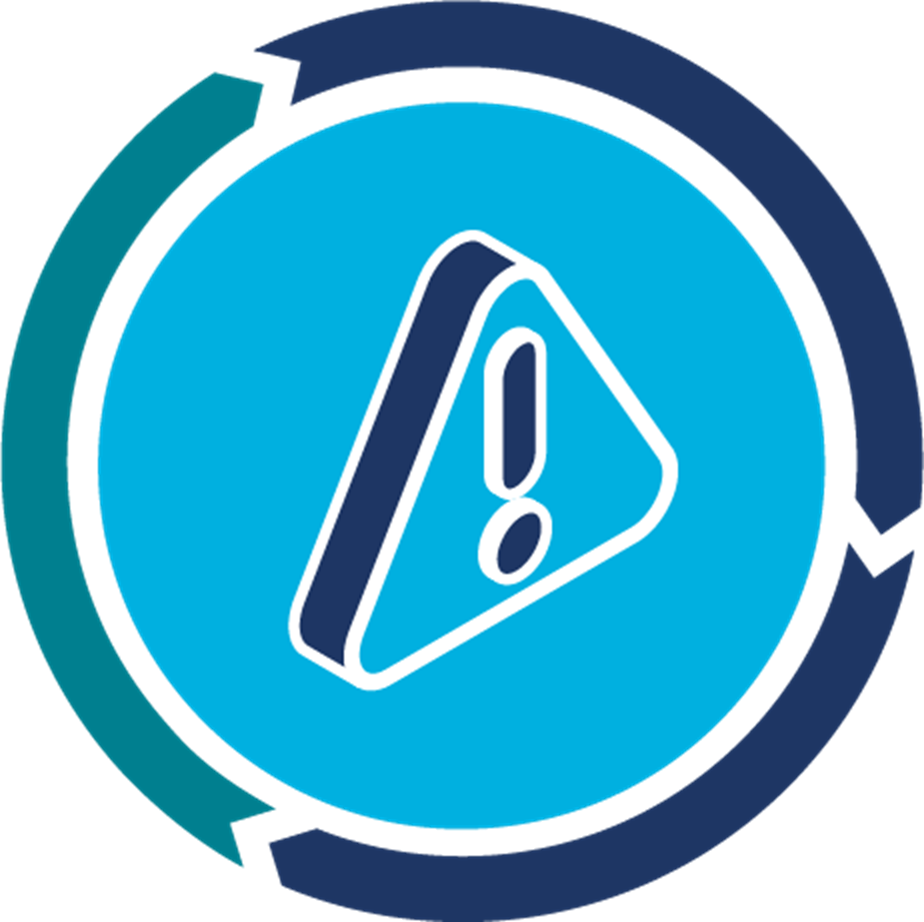Prevention
We’ll launch the most ambitious public outreach effort in our history.
The challenge
Low public awareness and harmful stereotypes about ageing are getting in the way of a timely diagnosis of osteoporosis. Further misconceptions that the condition only affects older people and women are preventing thousands from taking notice and acting. Low awareness is the first barrier to overcome if we’re to inspire a revolution in prevention amongst people who may be at higher risk.
We need to forewarn people who are at risk of breaking bones so they can get early access to treatment to prevent the first break. We also need to warn people who have already had a broken bone that this may be due to osteoporosis and that it’s never too late to prevent the second and subsequent breaks. We know prevention is the key to helping people live well – and that to make a generational difference we need to act now.

The evidence
-
Four in ten people (41%) think breaking bones, losing height and being hunched over are normal parts of getting older.
-
Almost half of people (43%) never consider their bone health, with only small minorities discussing it with family (26%) and friends (12%).
-
A fifth of women with osteoporosis suffer three or more breaks before getting a diagnosis.
-
Over a third (38%) of people had to wait over a year after their first broken bone to get diagnosed; almost one in five (17%) had to wait more than five years.
The change we'll make
Early in the life of this strategy, we’ll launch the most ambitious public outreach effort in our history. An early warning can help get people into the health system sooner, so we can tackle under-diagnosis and spare them the pain of preventable breaks.
As a small organisation, we need to be targeted if we want to cut through. Therefore the target group for our prevention work will be women and men aged 45-54. This coincides with the age when people are invited for five-yearly health checks, and also the period leading up to perimenopause in women when the risk of osteoporosis spikes.
To keep our efforts focused we won’t engage younger groups during this strategy, but when we’re successful we’ll scale the campaign up in future.

Increase awareness of osteoporosis and bone health amongst people whose bone density has recently peaked.
We’ll raise public awareness through telling the real story about osteoporosis in the UK, drawing on people’s experience as well as the latest statistics and research. We’ll change the image of osteoporosis by challenging unhelpful myths and stereotypes.
We want to transform the culture around osteoporosis from passivity and defeatism to one of optimism and determination. This is about creating an environment where it’s easier to talk about osteoporosis and where positive action to improve bone health is role-modelled and celebrated.
Launch an ambitious campaign to help people understand their osteoporosis risk and take action for their bones.
We’ll start with those in urgent need: people who’ve had a broken bone, but no checks for osteoporosis have been carried out. This leaves them at risk of further breaks. Then we’ll extend the campaign to people aged between 45-54, whose bone health has recently peaked.
A self-assessment tool will help people understand their risk of broken bones, with a ‘nudge’ to action for those who are at higher risk. When the advice is to contact their GP, we’ll make sure that there’s guidance for the GP about what to do next.
Another top-priority group is people who live with health issues that increase their risk of osteoporosis, for example inflammatory conditions, steroid treatment, menopause and some cancer therapies. We can reach them through joint work with the charities and organisations that support and represent them. We need to do more of this type of collaboration and get better at it.
Create a bone health offer that makes us relevant to people who don’t have osteoporosis but have a higher risk of developing it in future.
We’ll develop a digital offer that can empower people to take control of their bone health over the longer term, so they can minimise their future risk of osteoporosis. We’ll concentrate on the lifestyle messages that set us apart – including weightbearing exercise, vitamin D supplementation and a calcium-rich diet. For generic messages around diet, smoking cessation and alcohol reduction, we’ll work in partnership with public authorities and other health charities, rather than acting alone.
How we’ll measure our impact
- We’ll show consistent and statistically significant increases in awareness of osteoporosis amongst women aged 45-54.
- As a proxy for prevention of breaks, we’ll set ambitious targets for use of the self-assessment tool showing how people took action for their bones based on its recommendations.
 Search
Search
 Login
Login


